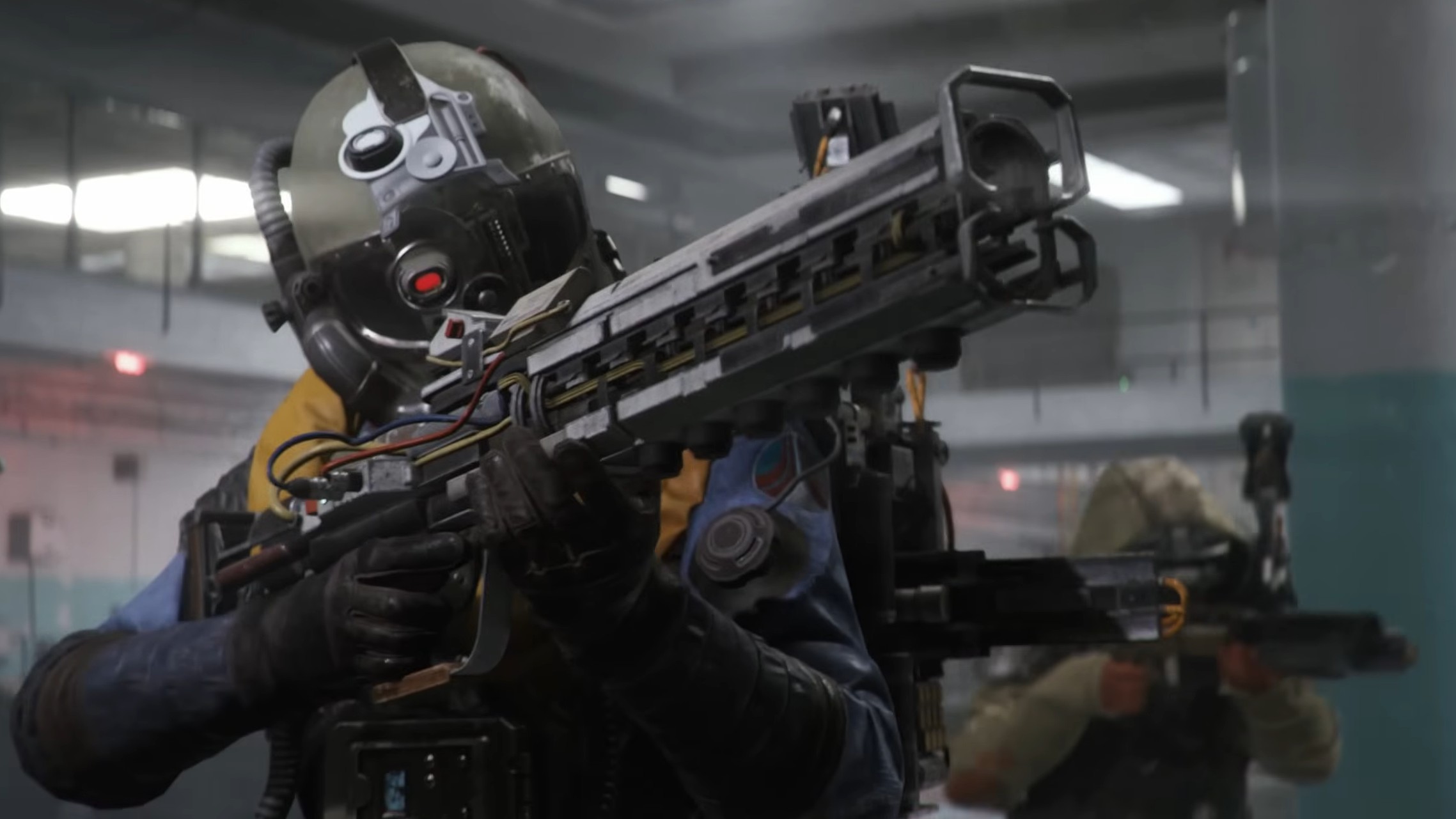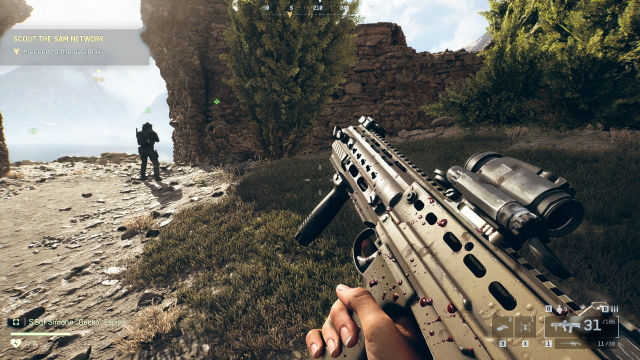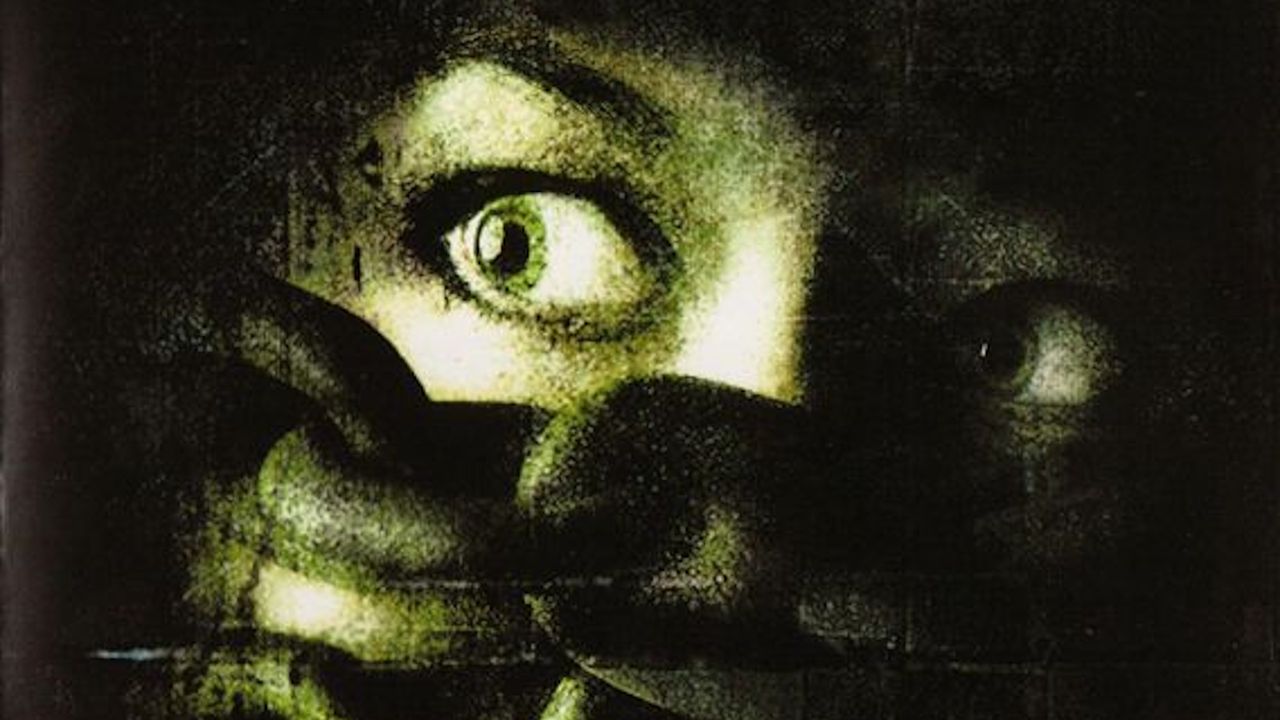The proof is undeniable: People will still pay for great shooters

FOV 90

Welcome to FOV 90, an FPS column from staff writer Morgan Park. Every week, I’ll be covering a topic relevant to first-person shooter enjoyers, spanning everything from multiplayer and singleplayer to the old and the new.
The biggest multiplayer shooters of the moment cost money. Arc Raiders is $40, has no free trial, and it’s a top seller. Battlefield 6 launched for $70 and instantly became the most successful game in the series (later adding a free-to-play battle royale mode). Both are raking it in, both are reviewing well, and both are being played more than several of the sturdiest free-to-play shooters on Steam.
Not long ago, it wasn’t unreasonable to believe the future of all multiplayer gaming was free-to-play. Under the umbrella of Fortnite’s ascension in 2018, new battle royales started cropping up for free, and they were instantly popular. Meanwhile, traditional shooters that dared hang a price tag were suddenly viewed as old-fashioned. DICE was on the wrong side of the trend when it put out Battlefield 5, an eventually beloved game that was ignored at the time.
When did the shift happen? I reckon it’s less about how paid games have changed and more up to how the modern free-to-play experience has become a nightmare. Storefront first, videogame second. Everywhere you look are games tangled up in so many layers of microtransactions, limited-time events, and premium tracks that we’ve been collectively wrung-out by the upsell. Paying the price of that exhaustion are a graveyard of good games that deserved to exist, but were shut down because they weren’t immediate hits as free-to-play products.

You can’t argue that the biggest free games aren’t technically a good value, but they come with crap that you’re just supposed to put up with because there’s no cover charge. Marvel Rivals is a decent example: Heroes and maps are free, but the experience of playing it as a free user is like walking a used car lot with an increasingly impatient salesperson.
Paid games, in the best cases, offer a more favorable contract. Battlefield 6’s best quality is that it’s plucked out of 2011—a good package of modes, maps, and guns that feels complete from the jump (even if it could really use bigger maps). Arc Raiders is similarly fleshed out: its “extraction RPG” loop is surprisingly rich and with four huge maps at launch, it’s also fairly complete.
Free games tend to launch at the starting point, not the finish line. When Overwatch first came around in 2016, it had over a dozen heroes, lots of maps, and three distinct modes. When Overwatch 2 relaunched as a free-to-play joint in 2022, it had a couple new maps, three new heroes, and a mode. Not exactly earth-shattering stuff, but at least you could immediately spend hundreds of dollars on legendary skins.
This is, and has always been, the advantage of buying games. You buy it, you have it, and there’s ideally enough in there to get all the fun you’ll need from it (see also, Helldivers 2 and BattleBit Remastered).

But expectations are different now. Battlefield 6 and Arc Raiders could be anti-service games. They could cease all updates tomorrow, having sold a complete product, and move onto something else. I could live with that, but even though buying multiplayer games is coming back into fashion, we also still want them to become more over time—more maps, modes, guns, stories, outfits—and will tolerate an amount of free-to-play crap to accommodate that.
It’s a sticky relationship: how much and how quickly can devs push players to reinvest in the game they’ve already paid for? Hunt: Showdown and Rainbow Six Siege waited years before adding traditional battle pass strings to a paid game, and it went over fine. Judging by the Battlefield 6 community, which is currently in a minor uproar over getting pop-up ads for a $25 battle pass, three weeks is probably too soon. Arc Raiders is going easy on the upsell for now: there’s a store tab with premium skins, but there’s also a free battle pass with outfits and gameplay-relevant items.
Indeed, being a shooter fan is a more complicated prospect that it was a decade ago, but at least in the short term, the return of paid multiplayer is giving us better things to play.




